My Pizza Sauce recipe comes together with just a few ingredients in the blender and adds the perfect flavor to your homemade pizza. You probably already have the ingredients waiting in your pantry! Add this sauce to my pizza dough recipe and pizza night is set!
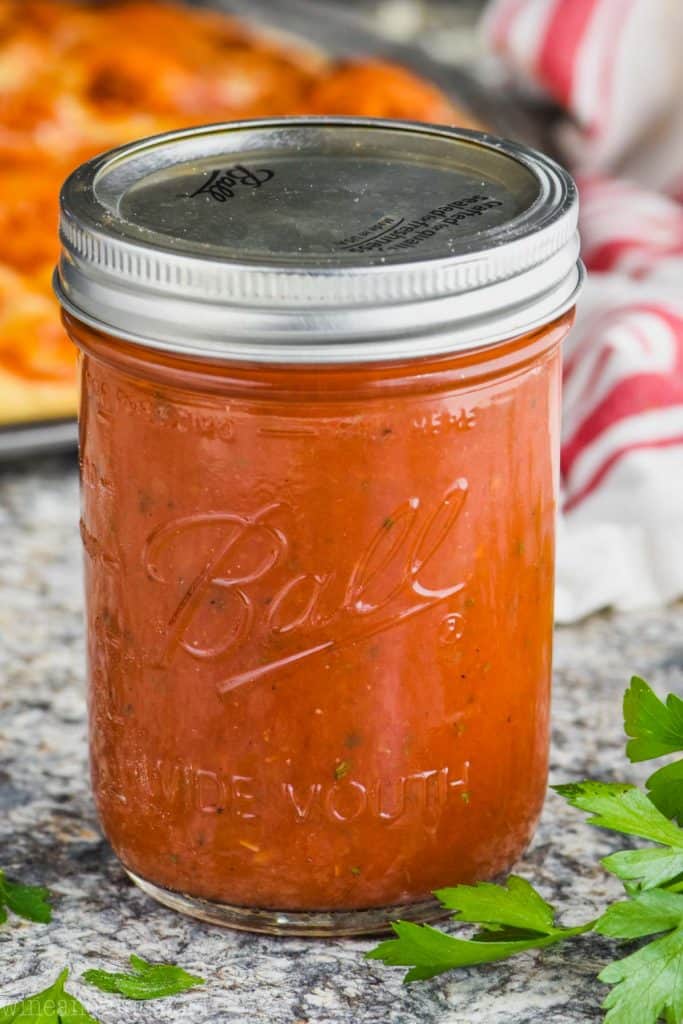
I have a great from scratch pizza dough recipe, but I thought it might be time to give you a great Homemade Pizza Sauce recipe to go along with it. This is a versatile recipe that you will love and enjoy again and again.
Pizza Sauce Ingredients
This homemade pizza sauce comes together with simple pantry ingredients, making it the perfect recipe. You will need these simple ingredients, you can find the measurements in the recipe card at the bottom of the post.
- Diced Tomatoes: You need two cans for this recipe. I love that we start with canned tomatoes because it makes it so easy to keep the ingredients for this recipe on hand. I wouldn’t recommend fresh tomatoes here as the canned has the skin removed.
- Olive Oil: The flavor is what we are going for here, so I would not suggest using a different type of oil.
- Balsamic or Red Wine Vinegar: Either will work great in this recipe. My husband prefers the red wine vinegar because it has a more subtle taste, but the choice is yours.
- Fresh Garlic: Using fresh garlic in this recipe (rather than garlic powder) adds a great burst of flavor.
- Dried Oregano: Yes! Despite heated debate whenever I share this recipe, I add oregano to my pizza sauce. It adds great flavor and while you can leave it out, I will always leave it in. I don’t recommend using fresh herbs here as the sauce will be cooked when the pizza is made and dried herbs always work better when high heat is involved.
- Dried Parsley: This also adds great flavor to the recipe, but you could totally replace it with some dried basil for great flavor too.
- Sugar: With the acid of the tomatoes and the vinegar, the sugar in this recipe just gently balances that. We add so little that it just neutralizes the taste of the acid without making the sauce sweet.
- Salt & Pepper
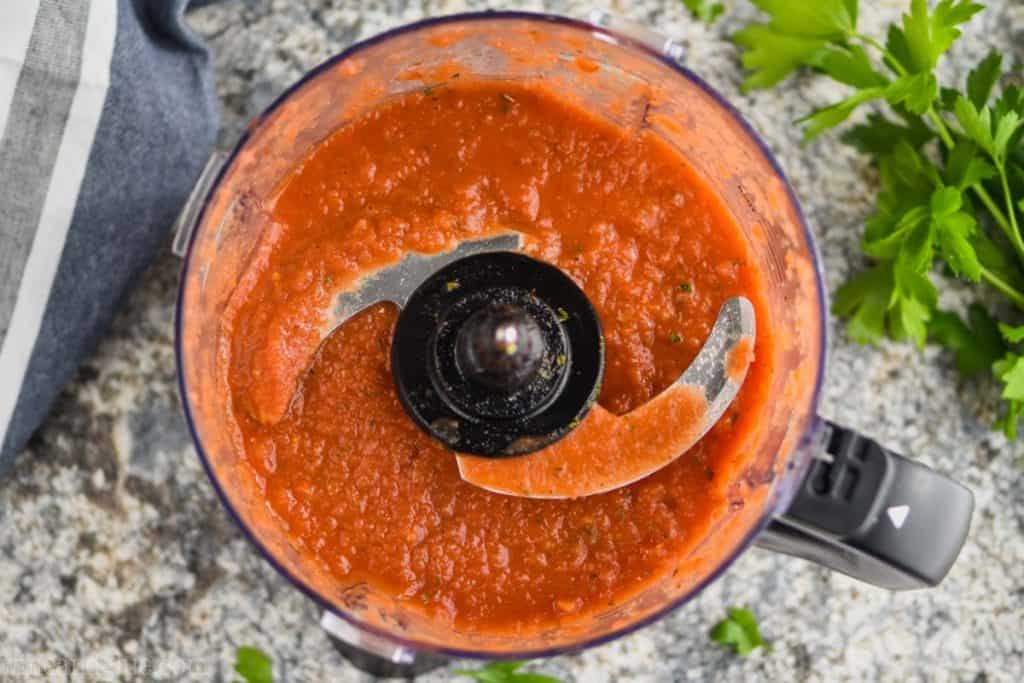
How to Make Pizza Sauce
This is a brief overview of how to make this simple recipe. For the full recipe with all of the measurements see the recipe card at the bottom of the post.
- Drain the tomatoes. Using a metal sieve drain the tomatoes and give them a good shake to get out most of the liquid. Don’t worry about it all being gone.
- Combine all of the ingredients in a blender or food processor. Throw the tomatoes, oil, vinegar, and spices into the blender or food processor.
- Blend until smooth. Scrape down the sides at least once during blending.
Metal Sieve
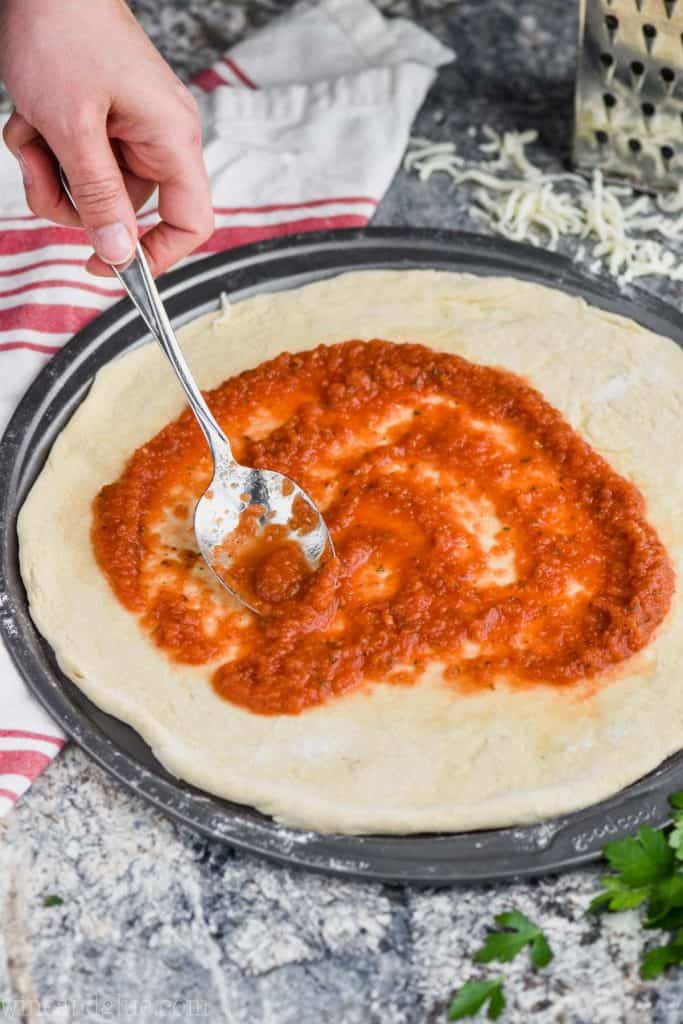
Blender
Easy Uncooked Sauce
The primary difference between pizza sauce and pasta sauce is that pizza sauce remains uncooked, while a good pasta sauce needs to simmer. The reason for this is that the uncooked tomatoes in the pizza sauce add a specific flavor that you look for in pizza.
Adding this Pizza Sauce Recipe to Pizza
You will need about half a cup of pizza sauce for a standard 12 inch pizza recipe. If you use more than that you are going to get a soggy pizza. This recipe will make 2 1/2 cups total sauce, so enough for five pizzas. You could cut the recipe in half easily, or you can freeze your leftover sauce.
The Best Homemade Pizza Dough

Storing Pizza Sauce
This pizza sauce will last two weeks in an airtight container in the refrigerator. Because of the oil in this recipe, I recommend making a new batch after that timeframe.
This sauce can also be frozen. Keep in mind that if you are freezing it in a glass jar you want to leave at least an inch at the top to account for it expanding in the freezer. It will last in the freezer for three months.
Adding Sugar to Pizza Sauce
Whenever I use canned tomatoes, I test the final recipe and add a little sugar if needed – which it usually does. Canned tomatoes are quite acidic. Think of it like a scale. On one side you have the acidic tomatoes weighing down the scale. To balance it, you add a 1/2 a teaspoon of sugar to the other side. The scale is now at neutral. The recipe neither tastes acidic or sweet.
If you have access to San Marzano tomatoes you will find them much sweeter, less acidic, and you likely will not need to add any sugar.
FAQ
This recipe is naturally gluten free, but you should double check all of your ingredients. This is especially true of balsamic vinegar which occasionally contains barley.
Yes! This recipe is naturally vegan. If you are serving a vegan, be sure to use sugar and not honey to balance the acidity.
I don’t have enough experience with canning to advise on this. I suggest using this website as a resource.
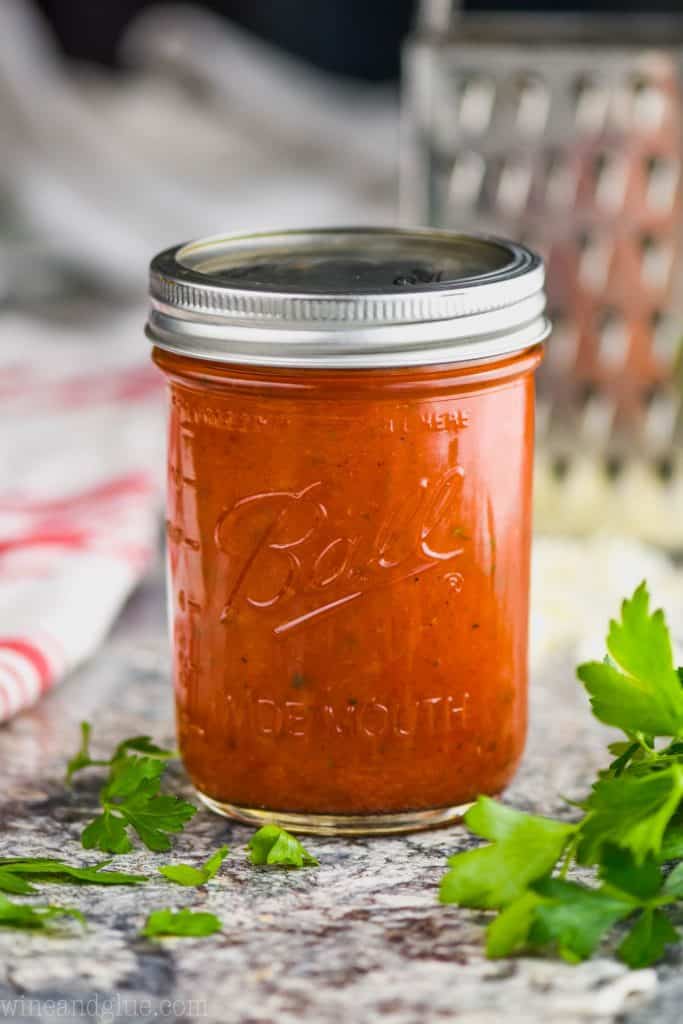
How to Use Homemade Pizza Sauce
Of course the obvious use for pizza sauce is a delicious pepperoni pizza and other homemade pizza recipes. We have a few other recipes that are perfect for this recipe.
- Stromboli: Easy to make and so fun to eat, your family will adore this spin on pizza!
- Pizza Casserole: This is a one pot recipe done in 30 minutes that will be a hit with everyone.
- Pizza Sliders: These are so fun and easy to customize to exactly what you want.
If you try my easy pizza sauce recipe or any of my other recipes, please leave me a comment and let me know what you think!
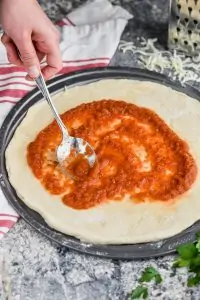
Homemade Pizza Sauce
Ingredients
- 29 ounces diced tomatoes drained (see note)
- 1 tablespoon olive oil
- 2 teaspoons red wine or balsamic vinegar
- 2 cloves garlic minced
- 1 teaspoon dried oregano
- 1 teaspoon dried parsley
- 1/2 teaspoon salt
- 1/2 teaspoon black pepper
- 1/2 teaspoon sugar or honey (see note)
Instructions
- Combine all of the ingredients (except the sugar) together in a blender until smooth.
- Taste the sauce. Add a pinch of sugar. The sauce should taste much better, but not sweet, with the sugar. If it doesn't, add a small pinch more and taste again.
- This recipe will last for 2 weeks in the refrigerator.
Notes

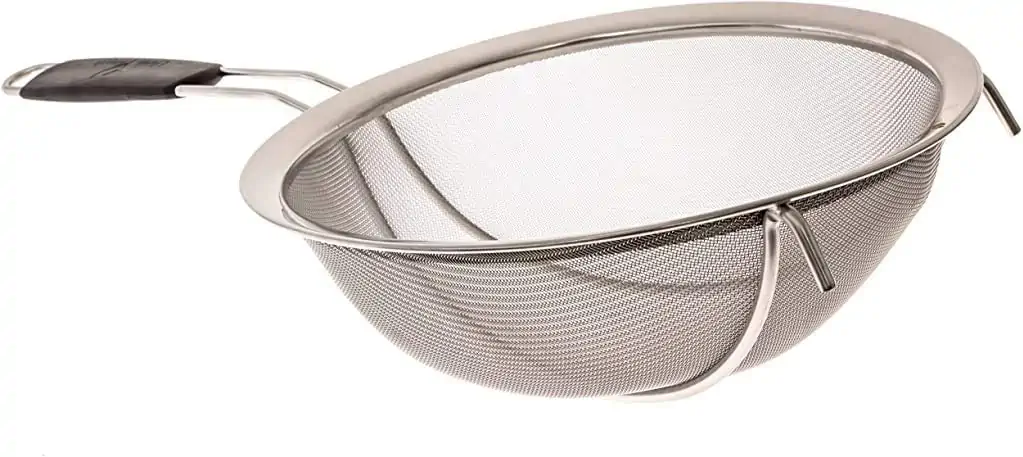
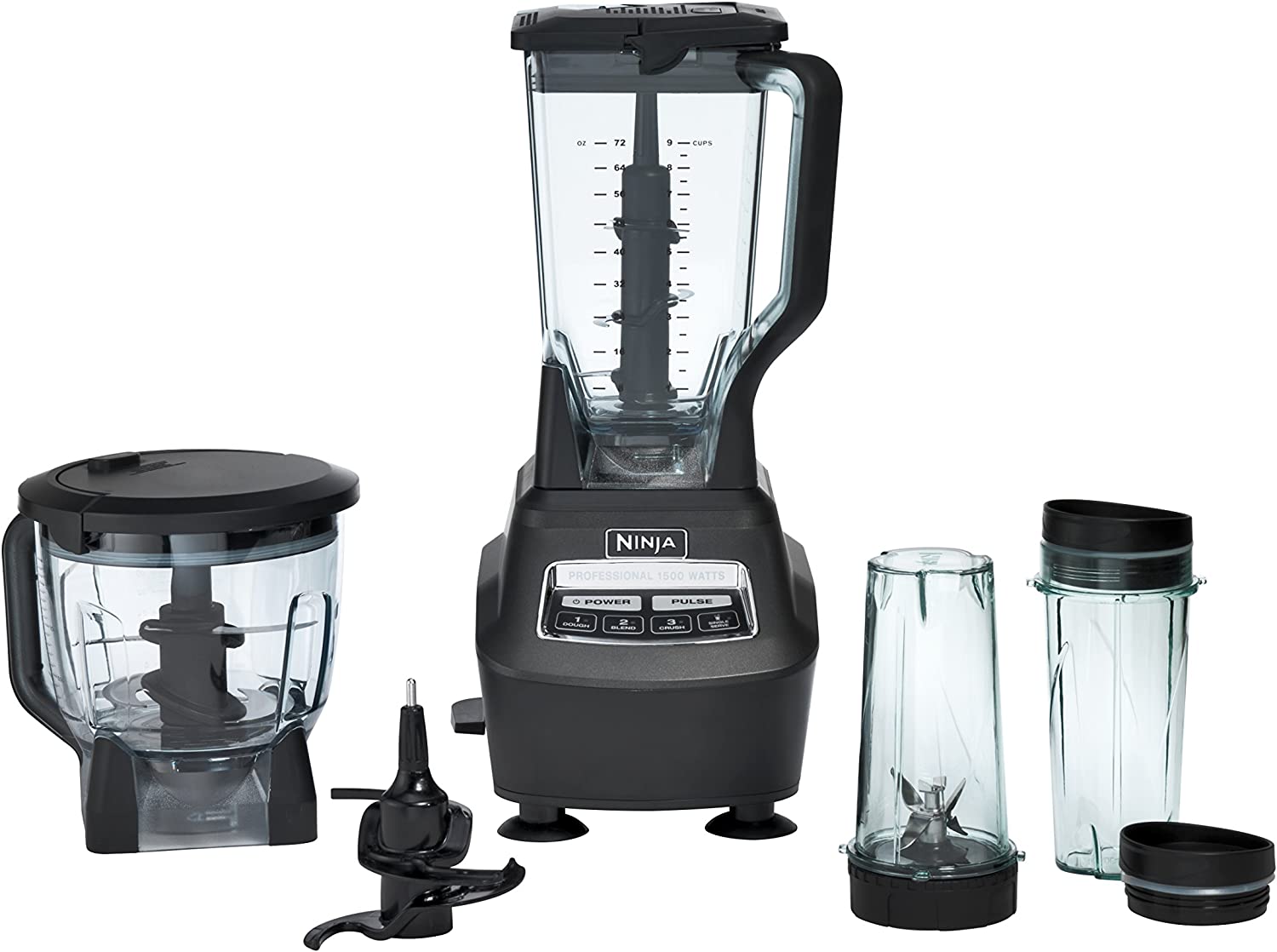
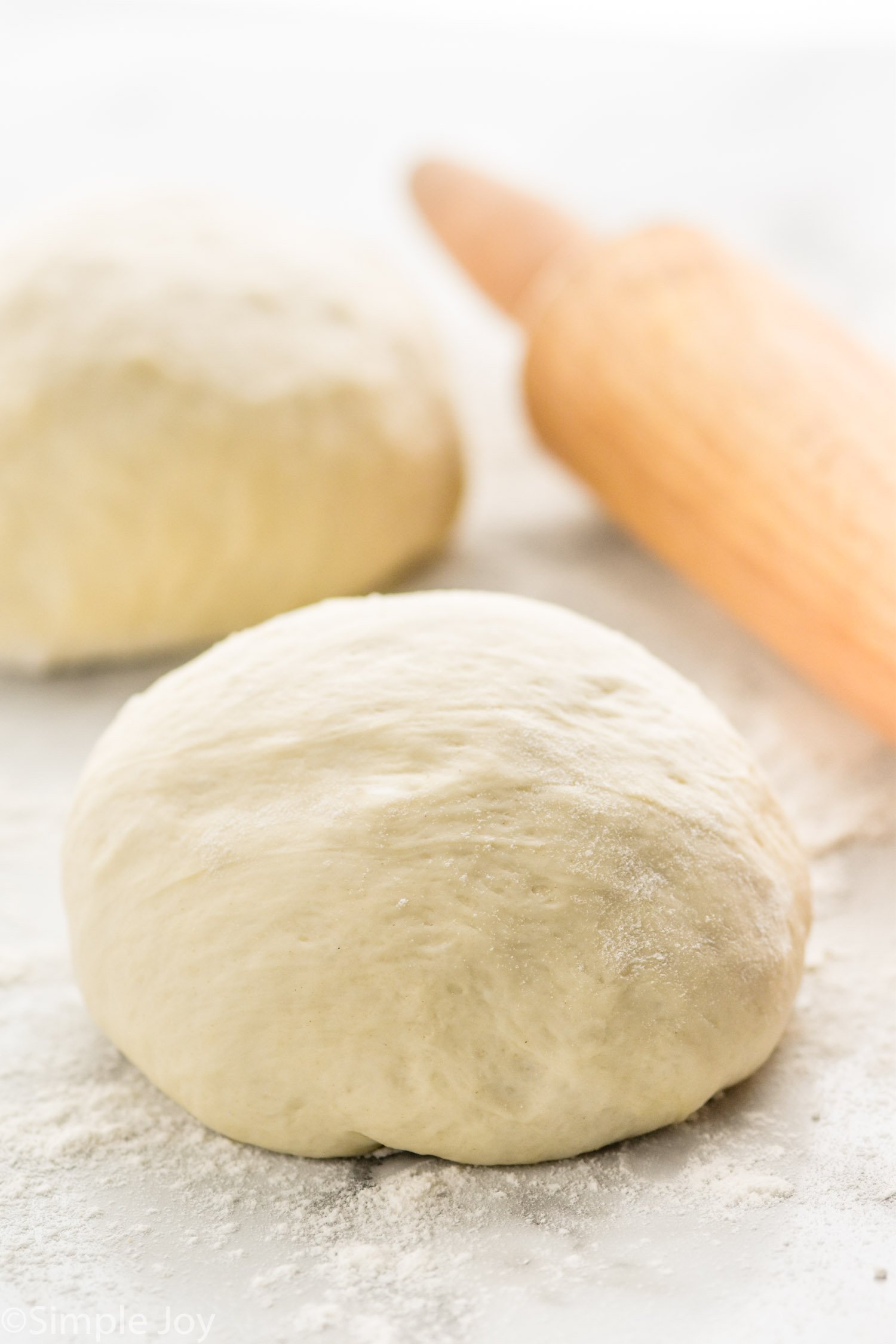

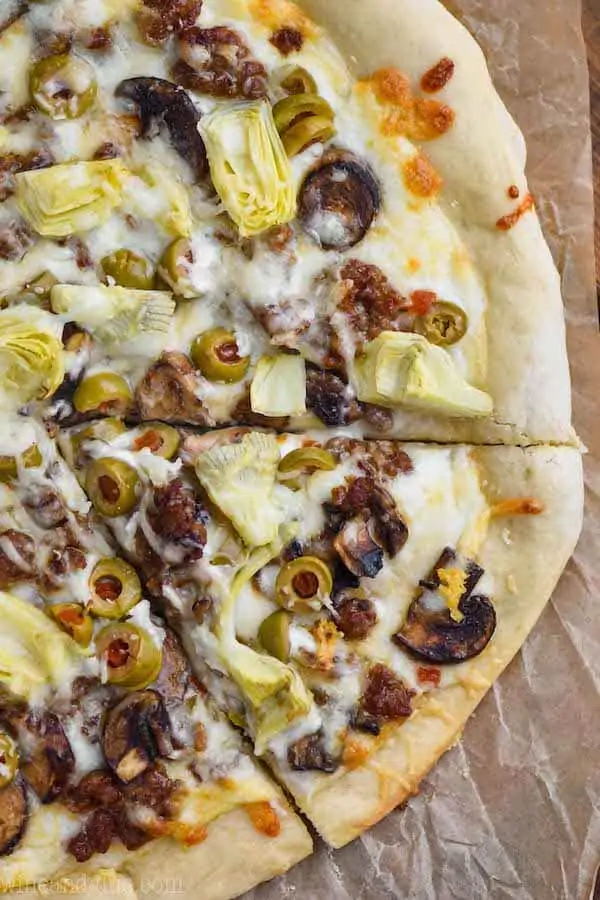



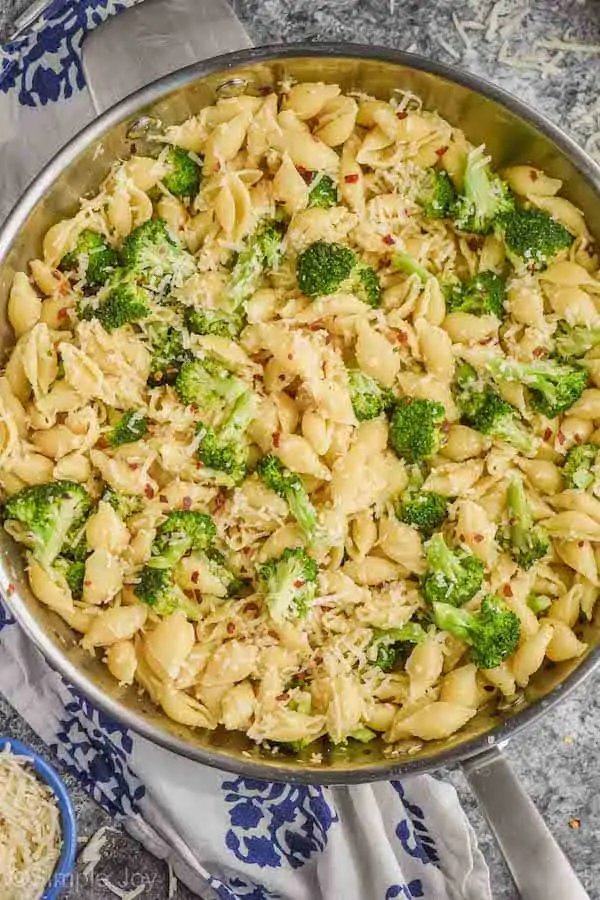
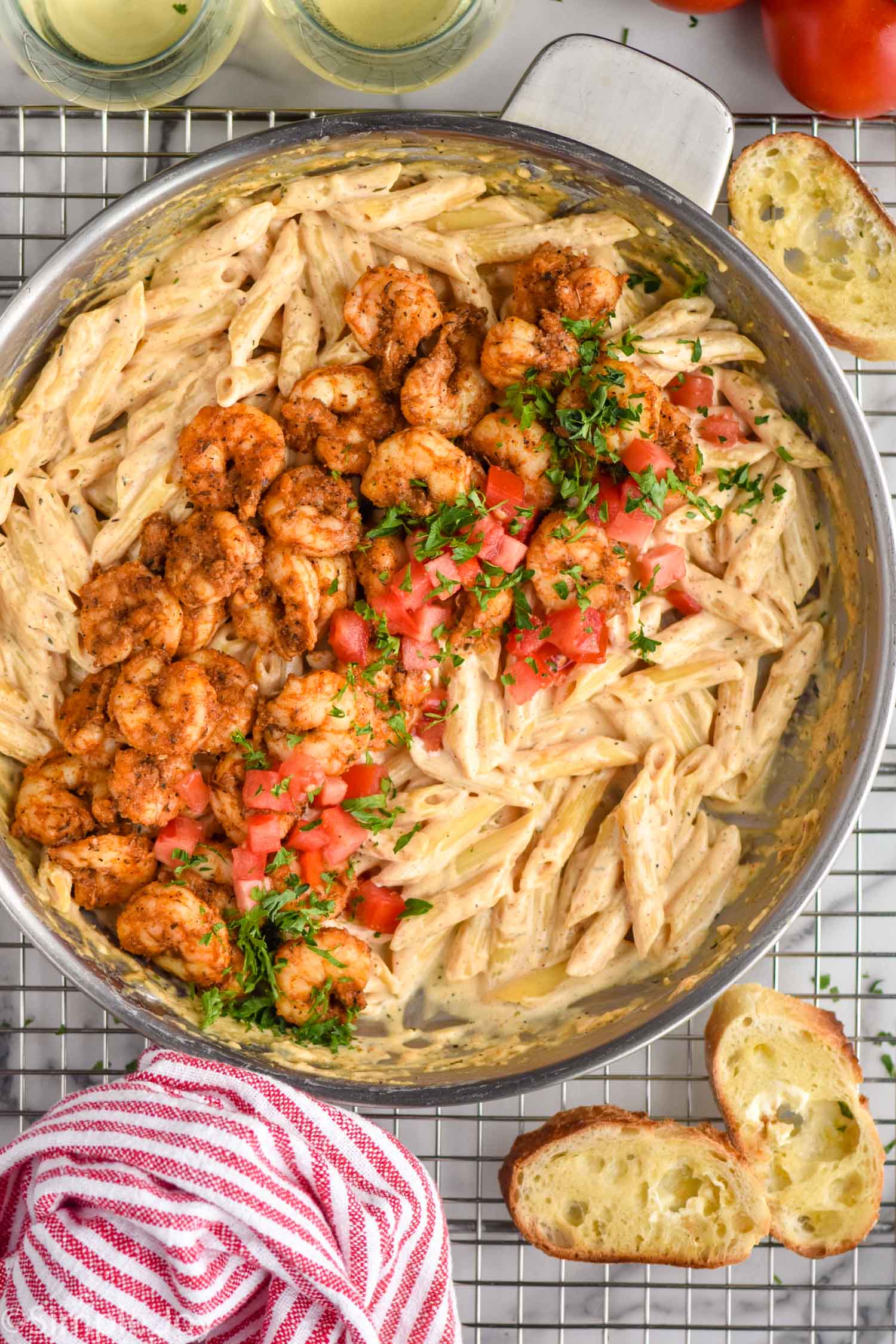
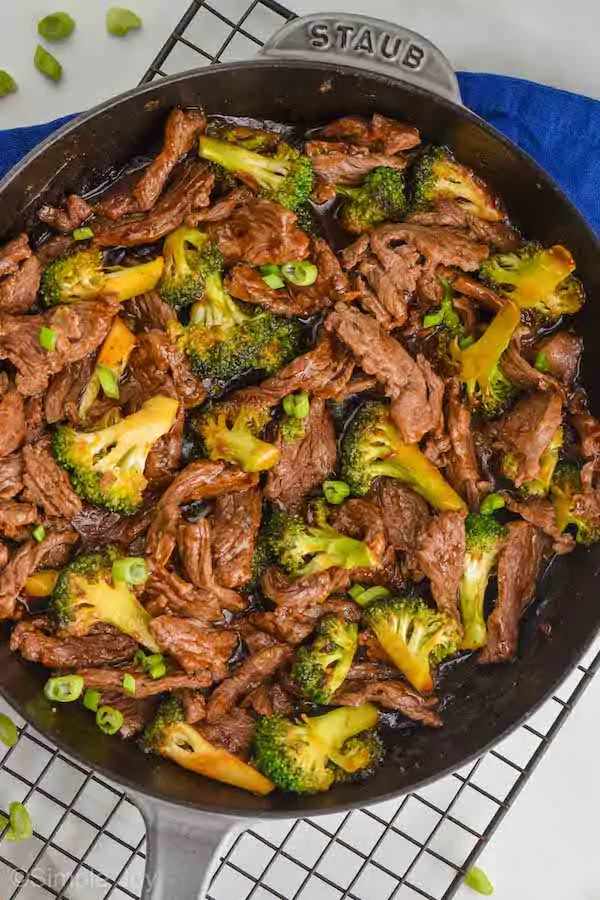







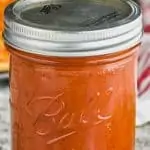

Carole says
I would like to know if is 1 or2cans of 29onces of tomatoes? Thanks Carole
It is one.
philomela arias says
yummy and delicious
Janie says
Can this recipe use fresh tomatoes and be canned?
I’m sorry, I don’t have enough experience with canning to answer that.